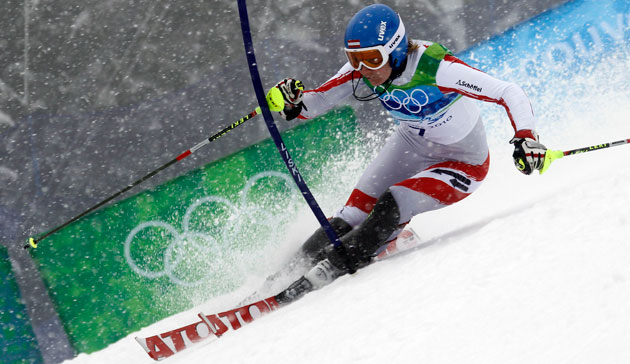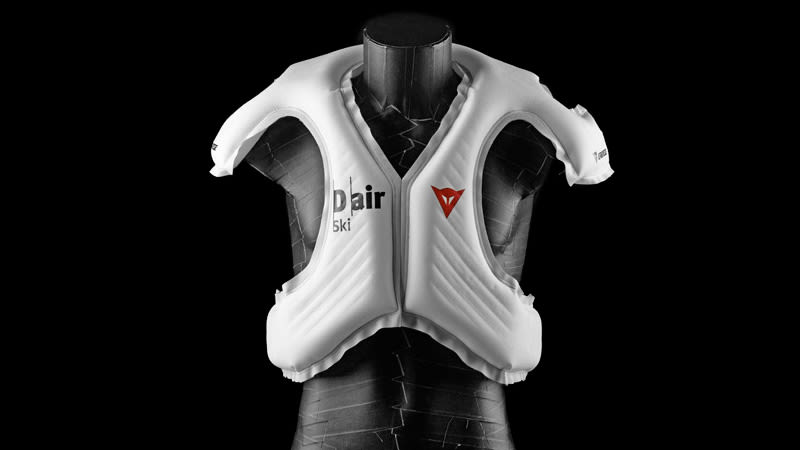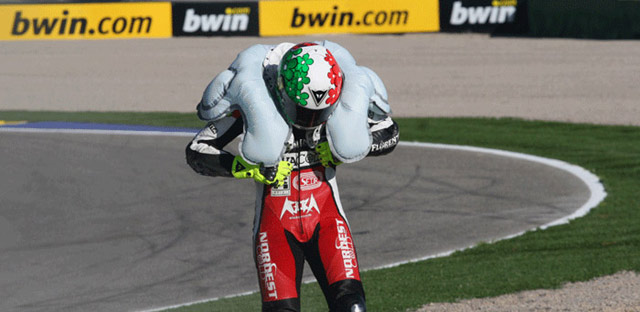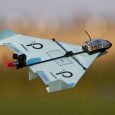Skiing could sound easy and fun to some people, but it is actually a highly demanding and risky sport. We are all vulnerable to the power of nature and gravity and when we combine these two things in a sport, we should know that sometimes the results out of it may be devastating. What happens if you are a ski competitor in an Olympic match and you crash with such a speed? What are you protected from?

This is the point of this article – to give you a brief idea of what actually saves these people from risky impacts and what they rely on any dangerous situation. It is a great technology and concept, so I am sure that you’d like it and find it interesting.
What is their guardian angel?
The protective feature could not be seen with bare eyes, as it is hiding under the equipment (outfit) of the competitor and is designed in such a way, that it fully protects his torso. It’s called the “D-air system” and is designed by an Italian cpm[any called Danese. The main job that it has to do, is to detect when a crash is about to happen and instantly inflates an airbag inside of the jacket. Not only the torso it covers, but the shoulders and back from potential injuries.

What technology does it use?
The whole idea is driven by three accelerometers and three gyroscopes, which are sensors that communicate with GPS at a rate of thousand times per second, so it can detect as quickly as possible when an attack is nearby. What makes the decision is an algorithm, that needs to be differently tuned between skiing and motorcycling (it could be used in both sports), as the dynamics between both are way different.

“When you have a crash in motorcycling, it’s pretty clear,” Dainese Executive Vice President Roberto Sadowsky explains as he demonstrates the technology at the company’s showroom in San Francisco. However, being in a downhill snow race means that you could be in the air for an extended period of time, which is considered as a jump – not a crash. They keep the algorithm in a secret but assure that it works 100% of the time, which is the main point.
The airbag inside could set off itself at 45 milliseconds and adds around 800 grams of weight, which is not too much as it is spread around your whole torso and you wouldn’t even feel that it’s there.”It’s really a safety support tool and is something that the competitors adopt naturally because they want to be fully protected.”
D-air Ski is actually not available for sale to the public yet, but the motorcycle version and jacket would cost you around $1,700. The airbags inside are single-use and once deployed they need to be replaced, which will cost you $250 for each.




